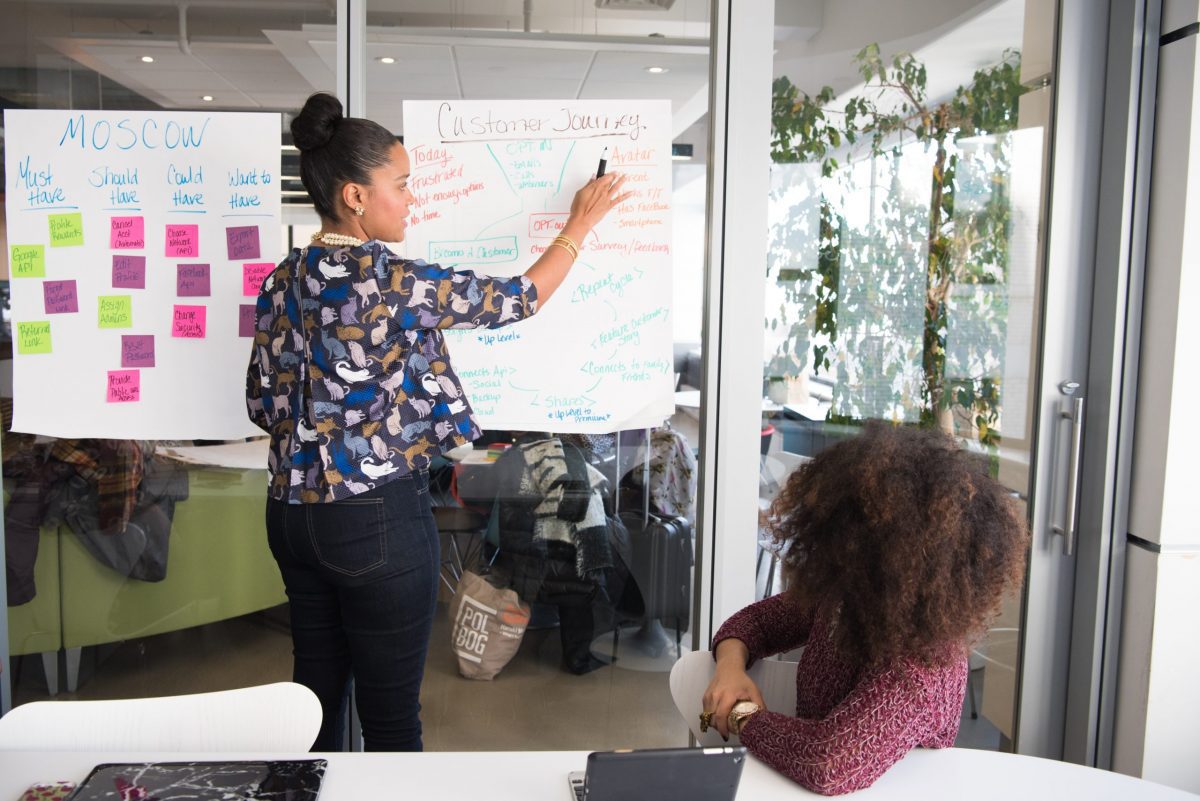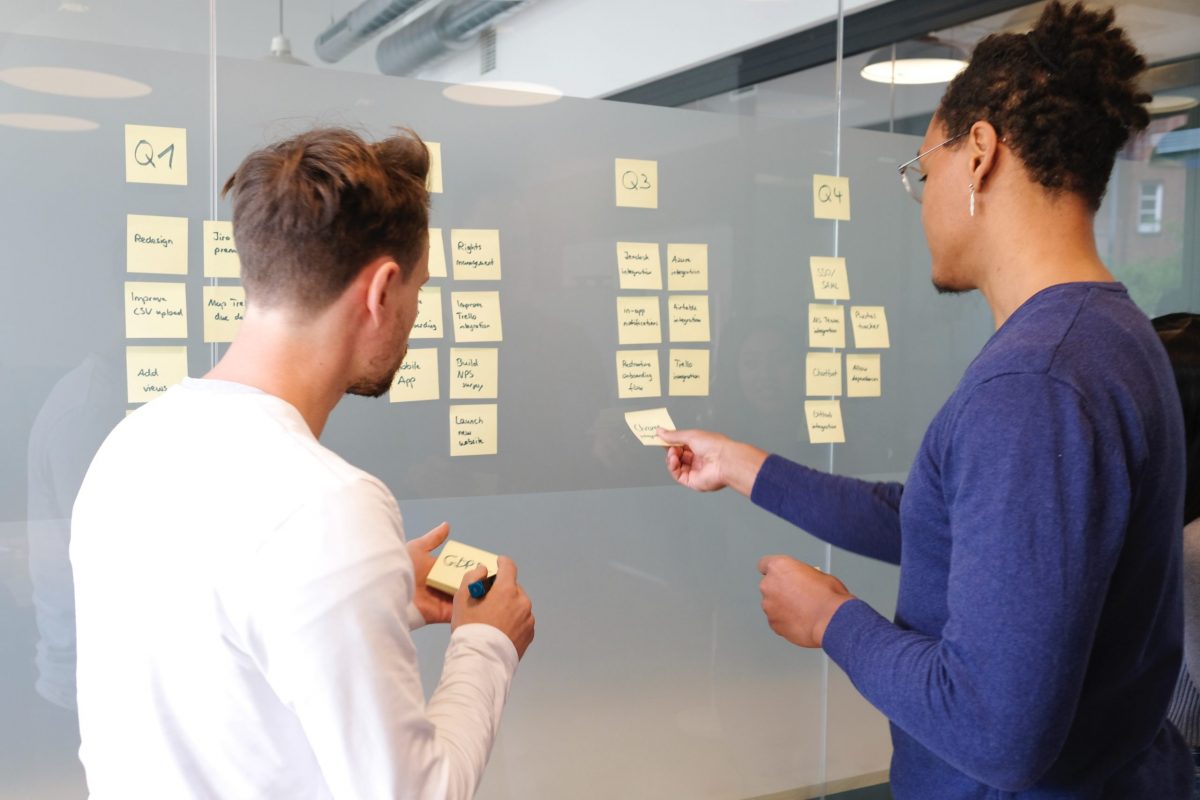Finding Meaning in Challenging Times
In our recent webinar, Leading with Purpose , Teryluz Andreu and Michelle Hollingshead addressed the challenges of finding significance in work, particularly during tough times. While motivational quotes like “Follow your passion” are easy to share, real life often requires enduring stress, change, and the need to provide for one’s family. Michelle offered her insights on how individuals can find significance in their work, even when they can’t immediately pursue their dream jobs.
She reflected on her own journey, highlighting the importance of understanding why one is willing to take risks in pursuit of meaningful work. Defining work as contributing to society and emphasized the need to focus on what is important and how one can contribute through their job. From her research, she identified four ways to find significance in work, which align well with the key stages of adult development:
- Work as Just a Job: For many, especially young professionals, their job might not feel inherently meaningful. Leaders can coach their employees to connect their jobs to what is most important for them in their current life stage, such as providing for their families or accessing desired experiences. This approach encourages employees to recognize and utilize their gifts and strengths in their work.
- Work as a Stepping Stone: This perspective is highly motivating for high achievers. Leaders can support their employees’ career progression by helping them see their current role as a critical step in their development. Connecting their work to skill acquisition and future aspirations can provide significant motivation.
- Work as Purposeful: For those who have the privilege to align their work with a deeper purpose, it involves being drawn to something greater. This stage is about finding work that resonates deeply with one’s values and aspirations.
- Work as Progress: Some individuals are driven by the desire to solve complex and challenging societal issues. Recognizing and supporting these employees’ orientation towards making significant progress can help them find deep significance in their work.
Michelle emphasized that leaders listen with curiosity and understand that not everyone will be motivated by the same factors at any given moment. By considering these different perspectives, individuals can find significance in their work regardless of their current circumstances.
Finding Significance in Any Job
During the conversation, the speakers explored how managers can help employees find significance and meaning in their work through thoughtful reflection and coaching. It was mentioned the importance of asking insightful questions and creating a supportive environment.
One key question highlighted by Michelle was “How is your work connected to what is most important to you now?” This question encourages employees to reflect on the current relevance of their work to their personal values and goals. It’s crucial for managers to see themselves as coaches and engage in regular, meaningful exchanges with their team members. Citing Gallup research, she noted that 15 to 30 minutes of meaningful interaction each week can have a significant impact on an employee’s engagement level.
To foster these meaningful conversations about meaning, managers should focus on:
- Consistency: Regularly engaging in reflective conversations helps build a habit of focusing on what matters most. This ongoing dialogue is essential in a dynamic and ever-changing work environment.
- Psychological Safety: Creating a trusting and safe environment is crucial for employees to openly share their thoughts and feelings. Managers must invest in building strong, quality relationships to encourage openness and exploration.
- Attention to Change: Acknowledging that employees are often overwhelmed by constant change, managers should help them navigate these shifts by maintaining a steady focus on what is important now.
By asking reflective questions and fostering a supportive atmosphere, managers can help employees find significance in their work, even amidst challenges and changes.


 The sea was calm when Ulysses and his sailors approached the island of the Sirens. All men had plugged their ears with wax to avoid hearing the deadly song of the Sirens. Only Ulysses dared to confront the danger and kept his ears open. However, he made sure that he would not be swallowed by the song of the Sirens by asking his men to bind him to the mast and not let him loose under any circumstance.
The sea was calm when Ulysses and his sailors approached the island of the Sirens. All men had plugged their ears with wax to avoid hearing the deadly song of the Sirens. Only Ulysses dared to confront the danger and kept his ears open. However, he made sure that he would not be swallowed by the song of the Sirens by asking his men to bind him to the mast and not let him loose under any circumstance.


 Compassionate leadership does not mean being “soft with people” and not holding them accountable. It certainly does not propose giving up business results in pursuit of caring for people or make them feel connected. At the heart of compassionate leadership lies the ability to recognize the potential and need of every human being and help them develop and grow in service of the business needs.
Compassionate leadership does not mean being “soft with people” and not holding them accountable. It certainly does not propose giving up business results in pursuit of caring for people or make them feel connected. At the heart of compassionate leadership lies the ability to recognize the potential and need of every human being and help them develop and grow in service of the business needs.
 One of the first outcomes of the leadership team journey described in the
One of the first outcomes of the leadership team journey described in the 


 It is about PROACTIVELY CREATING change in uncertain and disruptive environments. Different from resilience, it is about REACTIVELY RESPONDING to change in a constructive way.
It is about PROACTIVELY CREATING change in uncertain and disruptive environments. Different from resilience, it is about REACTIVELY RESPONDING to change in a constructive way.
 This is precisely how innovation in a corporation works. It is a hard job, with multiple tasks and things to do. You might be working on designing a new solution, defining the precise value proposition, and trying to get the buy-in from different stakeholders. Suddenly, an apparently simple problem is holding things up, and you might feel like it is the end of the world. You feel shame. You question your value, your capabilities, your management skills, or even your work.
This is precisely how innovation in a corporation works. It is a hard job, with multiple tasks and things to do. You might be working on designing a new solution, defining the precise value proposition, and trying to get the buy-in from different stakeholders. Suddenly, an apparently simple problem is holding things up, and you might feel like it is the end of the world. You feel shame. You question your value, your capabilities, your management skills, or even your work.
